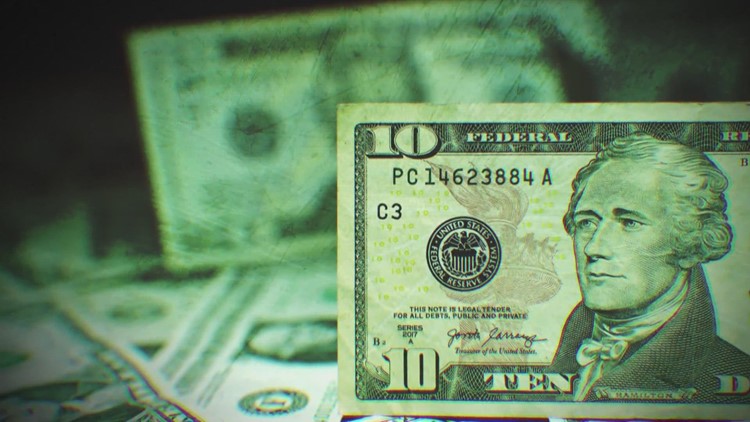NEW YORK — The Federal Reserve is likely to start lowering its benchmark interest rate in March and make a total of five cuts in 2024, economists at Goldman Sachs predicted on Monday.
The investment bank expects the U.S. economy to come in for a "soft landing," with modestly slowing economic growth, and for inflation to keep dropping this year. Goldman expects the central bank to gradually ease rates, which would steadily reduce borrowing costs for consumers and businesses.
With inflation ebbing and the economy holding up, the Fed last month maintained the federal funds rate at a 22-year-high, reinforcing views that its last hike in July marked the final chapter of the central bank's campaign to subdue price and wage gains. While Fed policymakers left open the possibility of further raising rates if inflation flares, they forecast three rate cuts this year.
"The appropriate level [of the federal funds rate will be 4.6% at the end of 2024" if the Fed's economic projections hold up, Fed Chair Jerome Powell said during a conference call to discuss December's decision.
"The Fed will start cutting the funds rate soon, most likely in March. After all, Chair Powell said at the December 13 press conference that the committee would want to cut 'well before' inflation falls to 2%," Goldman economist Jan Hatzius wrote in a research note. "However, we expect 'only' five cuts this year, below the six-to-seven cuts now discounted in market pricing, and we view the chance of 50 basis points steps as low."
The federal funds rate — what banks charge each other for overnight loans — is currently set at range of 5.25% to 5.5%. Five 25 basis point cuts would bring the benchmark down to 4% to 4.25%.
Impact on consumers
One silver lining of sharply higher borrowing costs has been high-interest savings accounts that now can offer annual percentage yields of 5% or more, a boon for savers. As rates come down, those yields are likely to dip.
Further, investors might want to lock in higher rates now by storing money in longer-term certificates of deposit, as some banks are offering CS that pay APYs nearly 5% for up to five years, rates likely to fall once Fed easing moves commence.
See Managing Your Money for more on how mortgage rates are likely to fare this year.
The likelihood of lower rates and borrowing costs has prospective homeowners, along with sellers and those looking to refinance, wondering how low mortgage rates could drop. A recent survey found roughly 31% of people think borrowing costs for home loans will drop during the next 12 months, a brighter view than expressed the prior month.
Mortgage rates don't necessarily follow the Fed's rate moves, but tend to track the yield on the 10-year U.S. Treasury note. Investors' expectations for future inflation, global demand for Treasurys and Fed policy all influence rates on home loans.
The rate on a conventional 30-year fixed-rate mortgage is now at 6.66%, down from nearly 8% in November, according to Fannie Mae. Most real estate experts think rates will stay in the 6% range.
Traders are pricing in a 73% chance that the Fed could lower rates in March, according to the CME's Fed watch tool.



